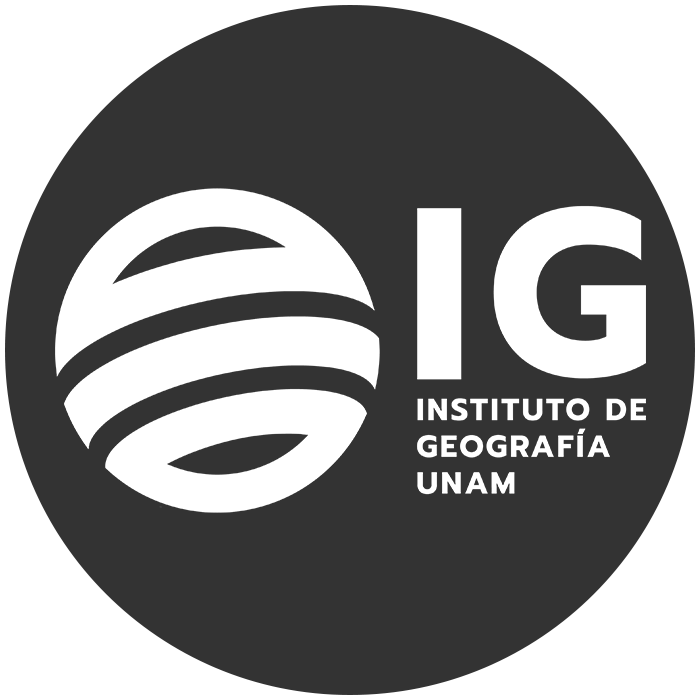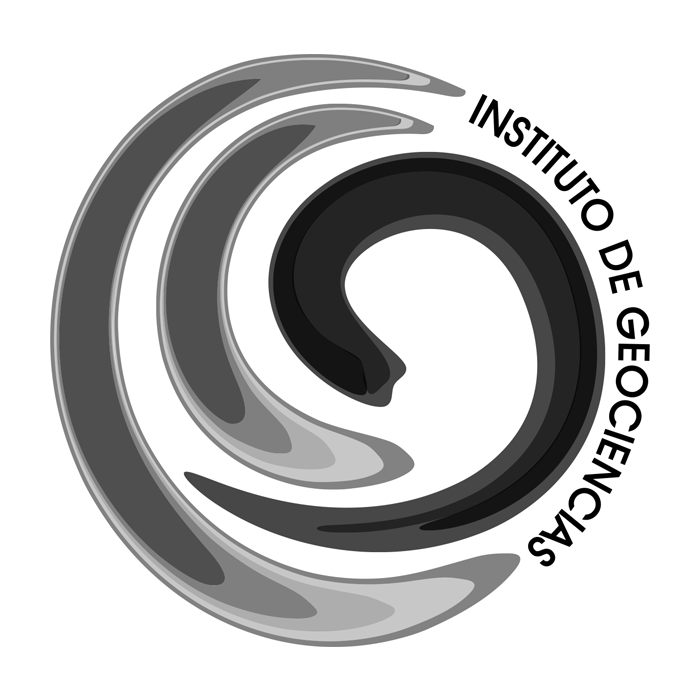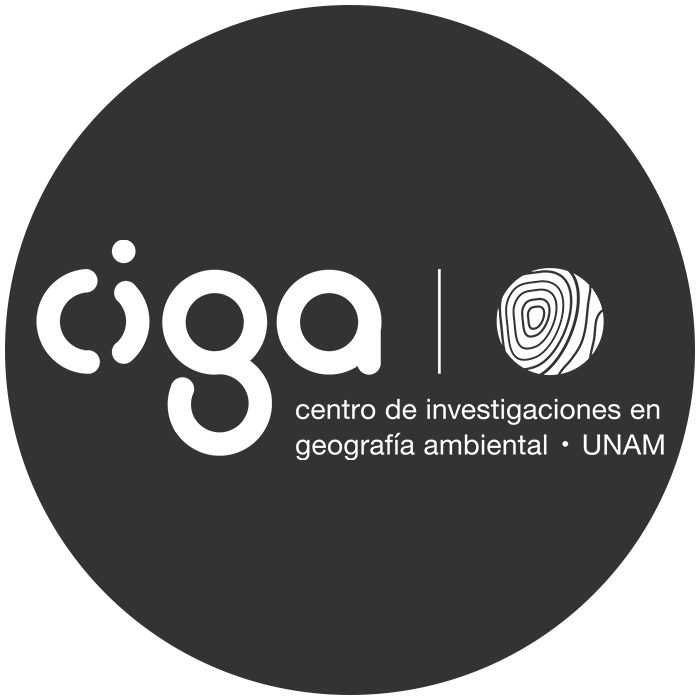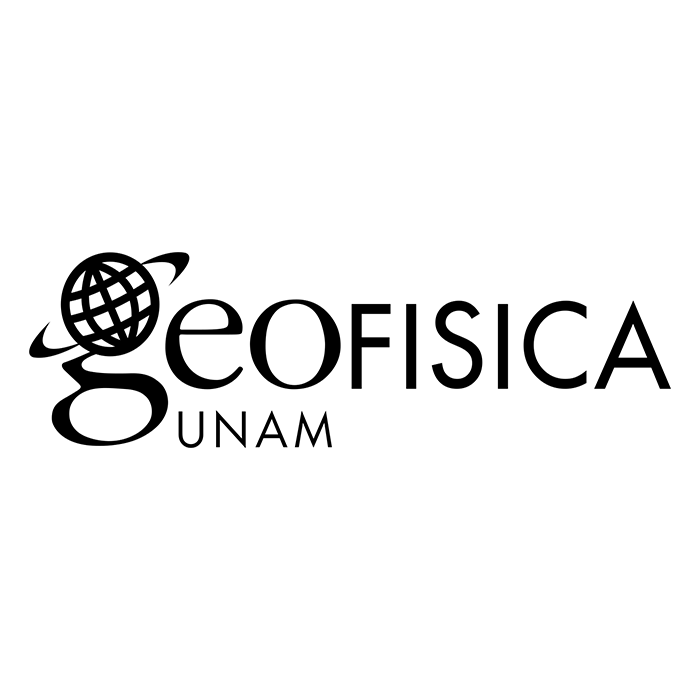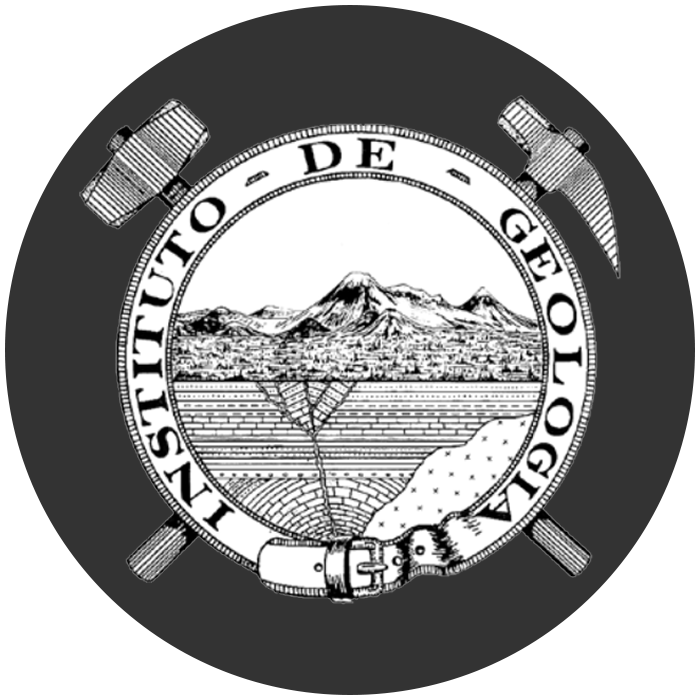Geological mapping as a tool for the management of geoheritage and geotourism: case study of the Comarca Minera, Hidalgo UNESCO Global Geopark
Main Article Content
Abstract
The Comarca Minera, Hidalgo UNESCO Global Geopark (Mexico) was formally designated on May 2017; this label is justified by an outstanding geoheritage that includes: (a) the Pachuca‒Real del Monte world class epithermal deposits (Ag‒Au); (b) the type locality for two minerals: tridymite and cristobalite; (c) the Huasca de Ocampo columnar basalts, first described by Alexander von Humboldt in 1803; and (d) a broad mining heritage that includes remains of pre-Columbian obsidian industry and New Spain mining haciendas (i.e. colonial metallurgy plants). This geopark encompasses a network of 31 geosites, whose general purpose is the educational and touristic use of geoheritage. The geotouristic map of the recently declared geopark, here presented, was conceived as an educational resource, as well as a tool for the touristic development and for the categorization, study and protection of geodiversity.
Downloads
Article Details
PLUMX Metrics


